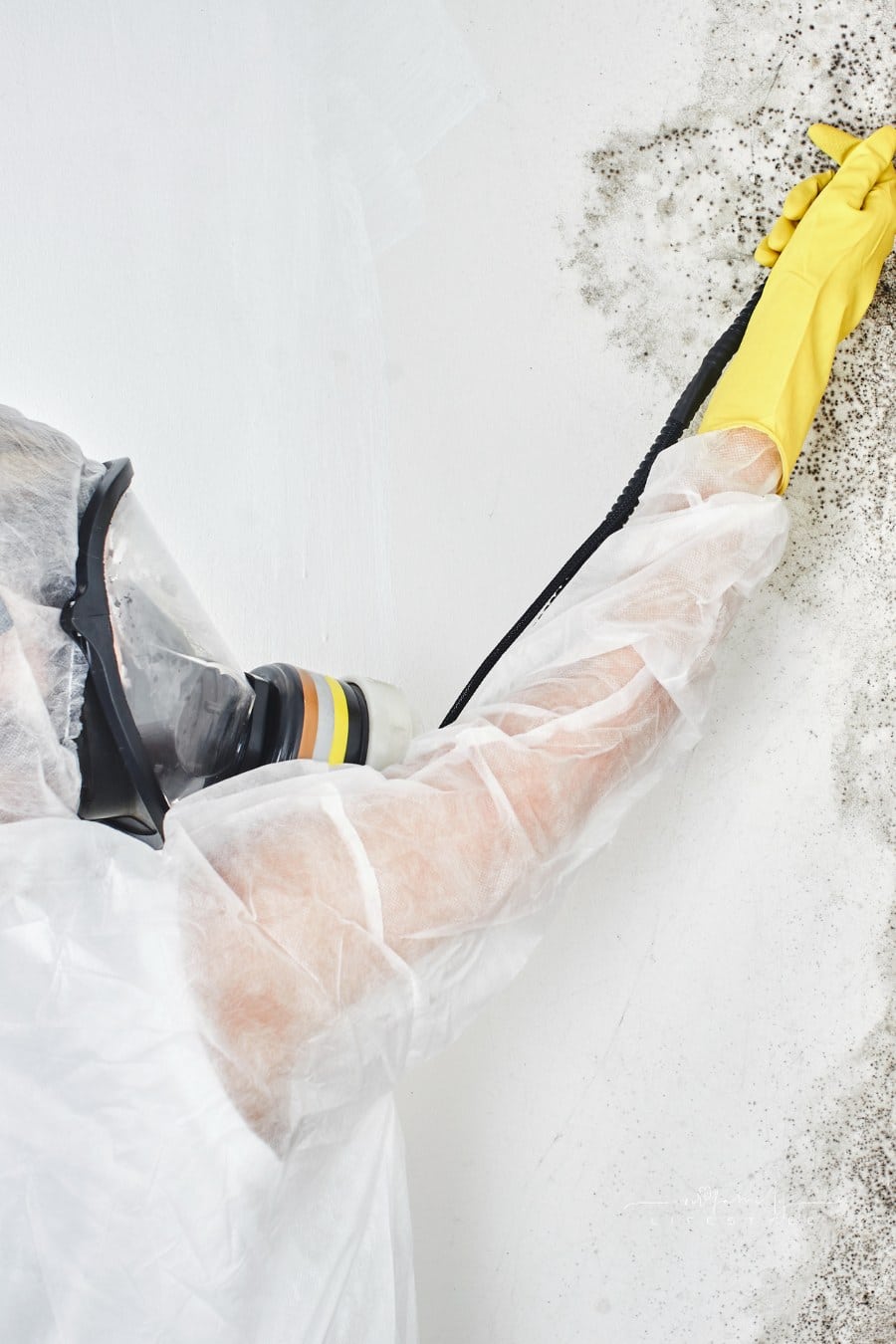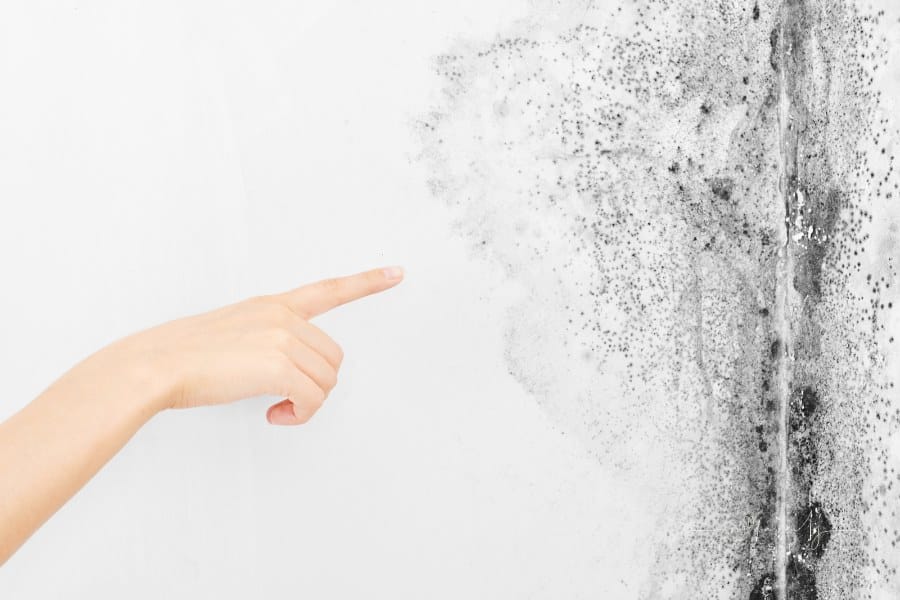An Absolute Guide to Recognizing, Removing, and Preventing Mold at Home
Mold—it’s the silent invader, the invisible vandal, and the clandestine health hazard lurking in the shadows of our homes.
For many, the mere mention of mold conjures images of damp spots on walls, musty odors, and headaches, but the reality is that dealing with mold is a multifaceted challenge that involves more than just wiping away visible signs of spore colonies.
This comprehensive guide is crafted to arm homeowners and health-conscious individuals with the knowledge necessary to tackle one of the most stealthy and potentially dangerous foes that can grow within our living spaces.

Recognizing Mold Before It Becomes a Crisis
Understanding the Faces of Mold
Mold isn’t just one thing. It’s a term that describes various types of fungi that grow in filaments and reproduce by forming spores.
There are over a hundred thousand types of mold, and each has its distinct characteristics.
Common household varieties include the greenish-black Stachybotrys chartarum, known as “black mold,” the pink, orange, or red Serratia marcescens, and the greenish Penicillium, famous as the first antibiotic mold.
Early Detection Can Save You Pain Later
Mold is not always easy to spot, and sometimes you might not even realize it’s there until it’s a significant problem.
However, early warning signs can give you a head start, such as:
- Visual Clues: Discoloration or fuzzy patches on surfaces.
- Musty Odor: A smell akin to mildew or dirt could indicate mold presence.
- Symptoms: Allergies, respiratory issues, or skin irritation without another obvious cause could be linked to mold spores.
In the battle against mold, vigilance is key—regular checks of both visible and hidden areas in your home can be crucial to catching mold early and preventing its spread.
Removing Mold: The Essential Tactics
DIY or Professional: Which Route To Take?
Deciding between tackling mold yourself or enlisting professional mold removal services hinges on several factors, including the extent of the mold infestation, the type of mold, and the surfaces affected.
For small areas less than 10 square feet, a diligent homeowner might manage with DIY approaches, using a mixture of water and detergent or specific mold-killing solutions.
However, when mold pervades larger areas, or involves toxic varieties like black mold, professional mold removal services are not just recommended; they’re essential.
These experts not only possess the necessary equipment and protective gear but also bring a depth of knowledge regarding safe removal practices and future prevention strategies, ensuring the mold is thoroughly eradicated and mitigating the risk of its return.
Safety First
Mold removal is not a job to be taken lightly, and your safety (as well as that of others in the home) should be the first consideration.
Here are some crucial safety tips:
- Use Protective Gear: This includes an N-95 respirator, gloves, and eye protection.
- Contain the Area: Use plastic sheeting to seal off the affected area to prevent the spread of spores.
- Ventilate: Keep the area well-ventilated to avoid inhaling mold spores or chemicals.
- Dispose Properly: Bag and remove any damaged materials carefully to avoid further contamination.
Adhering to these safety measures will not only protect you during the process but also help contain the issue and ensure you can tackle the mold with minimum risk of harmful side effects.
Building a Barrier: Preventing Mold’s Return
Controlling Moisture in Your Home
Mold requires moisture to grow, so the most effective way to prevent it is to control indoor moisture levels. Here are some key steps:
- Fix Leaks: Regularly check for and repair any water leaks from roofs, pipes, or ceilings.
- Monitor Humidity: Keep indoor humidity levels between 30% and 60% with the help of dehumidifiers if necessary.
- Good Practices: Use exhaust fans in high-moisture areas like bathrooms and kitchens, and make sure your home has good drainage to prevent water buildup around the foundation.
Ventilation and Maintenance for Mold-Free Living
Well-ventilated homes are less likely to develop mold, so make sure air can circulate freely throughout your living spaces.
Additionally, regular maintenance can catch issues before they become problematic, such as:
- Air Out and Inspect: Regularly airing out your home and inspecting all spaces for dampness can prevent mold from gaining a foothold.
- Gutters and Drainage: Keep gutters clean and ensure that they direct water away from your home’s foundation.
- Landscaping: Avoid creating mold-friendly environments around your home by keeping plants and shrubs properly trimmed, not against the house.
By implementing these preventive practices, you create an environment that is less conducive to mold growth and more supportive of a healthy home.
Understanding the Stakes: Health and Home Impact
The Health Risks of Mold Exposure
Mold can have serious health implications, especially for those with allergies, asthma, or weakened immune systems.
Prolonged or severe exposure can lead to respiratory issues, sinus infections, skin irritation, and, in the case of toxic mold, can even be fatal.
Mold’s Hidden Damage to Your Property
Beyond health concerns, mold can wreak havoc on the structural integrity of your home.
It can weaken wood, compromise drywall, and cause damage to carpets and other materials.
The cost of repairing this damage can be substantial, leaving an impact on both your wallet and the resale value of your home.
Taking immediate action to inspect your home for potential mold issues is strongly advised. Any suspicion warrants a professional inspection and can save you from significant future troubles.
Remember, in the battle against mold, knowledge is your greatest ally.
Regular inspection and proactive maintenance can mean the difference between a healthy, safe home and one compromised by a hard-to-eradicate and potentially dangerous infestation.
Set up a yearly inspection program or educate yourself on home health issues. Your family’s health and your home’s value depend on it.


